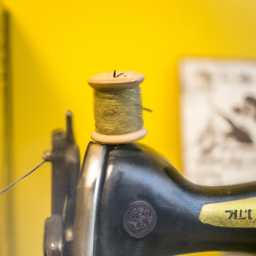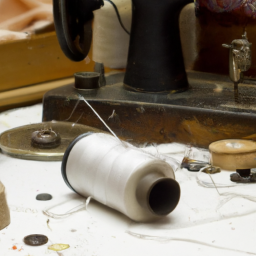
History of Tailoring and Fashion Designing
Throughout history, the art of tailoring and fashion designing has played a significant role in shaping the way people dress and present themselves. From ancient civilizations to modern-day fashion runways, the evolution of this craft reflects the ever-changing tastes, cultures, and lifestyles of society.

The Early Beginnings
The roots of tailoring can be traced back to ancient Egypt, where measurements, precision, and superior craftsmanship were highly valued. Tailors, known as “robes,” created intricate garments for both the upper and lower classes, using linen as one of their primary materials.
The Renaissance Era
The Renaissance marked a golden age for tailoring and fashion. Sumptuary laws were established, dictating which materials, colors, and styles were allowed for different social classes. Tailors during this period were skilled in adapting to their clients’ needs while adhering to these regulations.
The Industrial Revolution
With the arrival of the Industrial Revolution, tailoring and fashion designing transformed dramatically. The introduction of sewing machines revolutionized the industry, making it faster and more accessible. Tailored clothing became available to a wider range of people, and new fashion houses emerged.
Modern Fashion Designing
In the 20th century, fashion designing emerged as a distinct profession. Creative visionaries such as Coco Chanel and Christian Dior revolutionized women’s fashion, introducing new styles and silhouettes. Fashion design schools began to appear, offering formal education in the field.
Contemporary Tailoring and Fashion
Today, tailoring and fashion designing continue to evolve in response to current trends and global influences. The fashion industry combines traditional techniques with cutting-edge technology to create unique and sustainable designs. Fashion weeks and runway shows showcase the latest creations of renowned designers, influencing the choices of individuals worldwide.
The Future
As we look to the future, the history of tailoring and fashion designing provides guidance and inspiration. With a greater emphasis on eco-friendly practices and inclusivity, the industry is poised to adapt to changing consumer demands while preserving the artistry and craftsmanship that have defined it for centuries.
-
3000 BCE - Ancient Egyptians master the art of tailoring using linen.
-
1500-1600 CE – Renaissance tailoring flourishes as sumptuary laws shape fashion trends.
-
1764 CE – Industrial Revolution brings sewing machines, revolutionizing the industry.
-
20th Century - Fashion designing gains recognition as a distinct profession.
-
21st Century – Tailoring and fashion respond to current trends, embracing sustainability and inclusivity.




